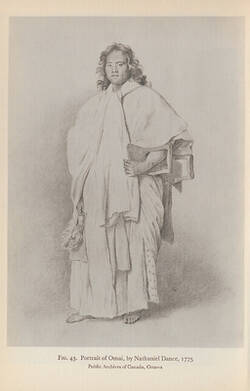Further Media
Producer unknown to us
Oceania, Polynesia, Tonga Archipelago (Tongatapu, 'Eua, Nomuka or Lifuka/Ha'apai group)
Before 1781
Wood – probably club tree (Casuarina equisetifolia), worked from one piece
Acquired in 1773–74 or 1777 on Captain James Cook’s second or third expedition in the Pacific. It is yet unknown by whom the object was acquired.
Brought from Great Britain to Germany by Benjamin La Trobe, a Moravian working in London.
Inv. no. 68678
The headrest is shaped like a stool with four legs. It was probably carved, sanded and polished from the wood of a club tree (Casuarina equisetifolia). This Herrnhut specimen has the classic shape of the Tongan headrest with its concave support – it was made in one piece along with the four horseshoe-shaped legs.
Widespread throughout the Pacific and Asia, the headrests were used in Tonga as pillows to protect the elaborate hairstyles of high-ranking men and women while they rested or slept. The benches, which were also used in ceremonial exchanges, had great spiritual significance: they were designed to prevent the head and hair, the most sacred, taboo-protected, untouchable parts of an aristocratic personality and the seat of mana – the divine energy of the ancestors – from touching the ground and losing mana.
In Cook’s time, Tongan kali were kept discreetly in the house and wrapped in ngatu. This valuable Tongan bark bast also acted as a protective medium to preserve mana. Even today, kali and ngatu are typical traditional gifts, given at weddings and other ceremonial occasions (talanoa) in the Kingdom of Tonga.
